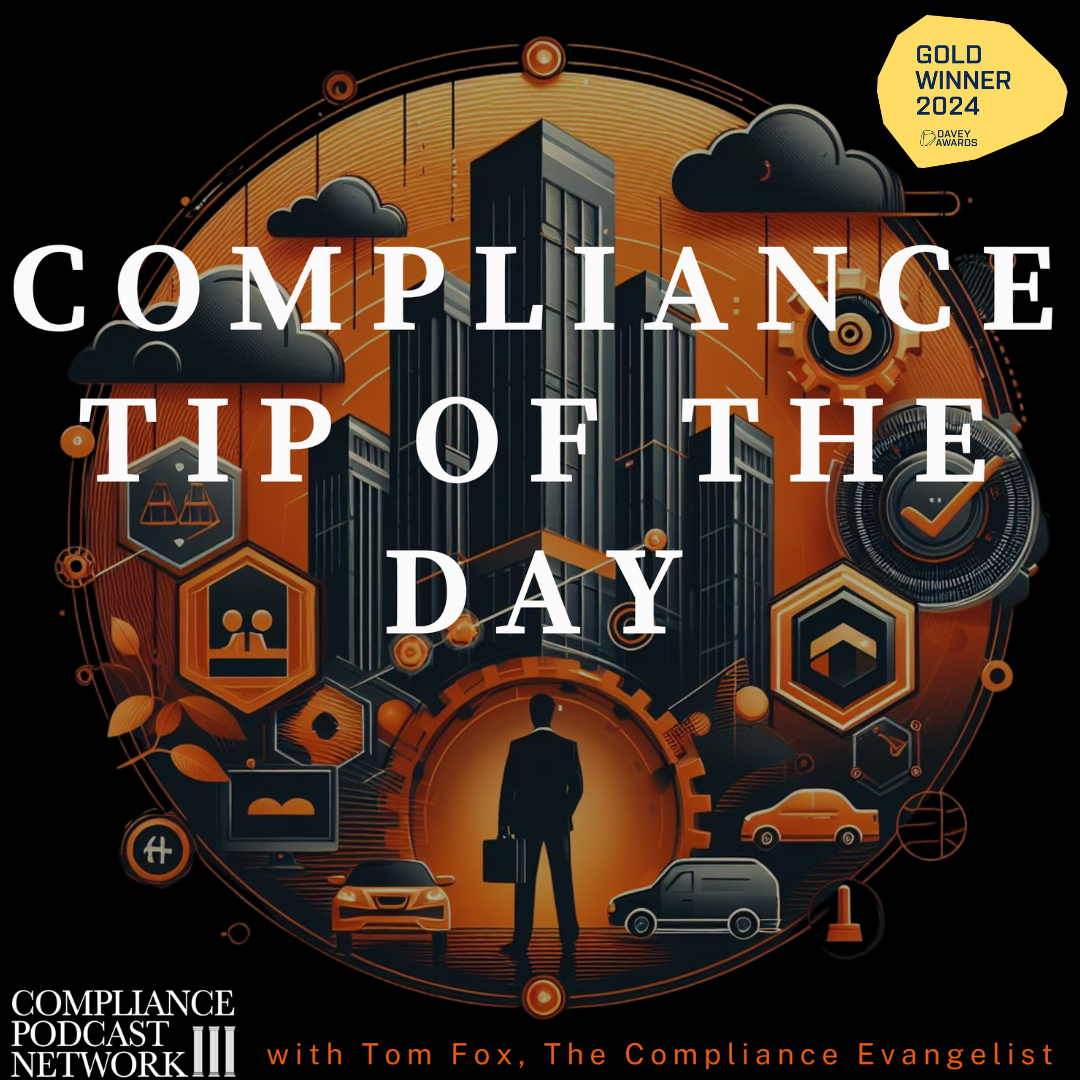What do all these new decisions from the Delaware courts mean. They certainly mean the Delaware courts will be much more scrutinizing of Caremark claims going forward. The evolution of decisions from Marchand to Boeing shows that a company must have robust compliance and risk management oversight in place but more importantly engage in oversight for the company’s signature risk(s). Boards must do so aggressively not passively.
In Marchand, the Court found a Board must assess the risk profile of the company and manage the most critical risks all the way up to the Board level. At Blue Bell Ice Cream, it was food safety. At Boeing it is airline safety. At the Boeing Board, there was “no committee charged with direct responsibility to monitor airplane safety. While the Audit Committee was charged with “risk oversight,” safety does not appear in its charter. Rather, its oversight function was primarily geared toward monitoring Boeing’s financial risks.” This lack provided the basis for a Caremark claim as further refined by Marchand, et al.
The Clovis decision is another steppingstone in the creation of duties for a Board regarding compliance. Like the Board at Blue Bell Ice Cream, the Clovis Oncology Board had but one compliance obligation. At Blue Bell Ice Cream, it was food Safety. At Clovis Oncology it was compliance around the clinical trials and reporting results of its signature product, the drug Roci. While Blue Bell Ice Cream management did not even report its food safety results to the Board, senior management at Clovis made material misrepresentations to the Board about the results of the clinal trial based upon the melding of unconfirmed results with confirmed results. This case then stands for the proposition that a Board must do more than simply accept what management says about compliance, it must monitor compliance. Here the Clovis management made material misrepresentations to the Board about the results of the clinal trial based upon the melding of unconfirmed results with confirmed results.
In Hughes, the director consciously failed to establish a system of oversight for financial statements and related-party transactions, “choosing instead to rely blindly on management while devoting patently inadequate time to the necessary tasks.” An Audit Committee can rely in good faith upon reports by management and other experts. In doing its job, the members of an Audit Committee will necessarily rely on management. But Caremark envisions some degree of board-level monitoring system, not blind deference to and complete dependence on management. The board is obligated to establish information and reporting systems that “allow management and the board, each within its own scope, to reach informed judgments concerning both the corporation’s compliance with law and its business performance.”
Finally, the Board never established its own reasonable system of monitoring and reporting, choosing instead to rely entirely on management. There were no Board meeting minutes to support the company’s rebuttals. As the Court noted, “The absence of those documents is telling because “[i]t is more reasonable to infer that exculpatory documents would be provided than to believe the opposite: that such documents existed and yet were inexplicably withheld.”” The documents that the Company produced indicated that the Audit Committee never met for longer than one hour and typically only once per year. Each time they purported to cover multiple agenda items that included a review of the Company’s financial performance in addition to reviewing its related-party transactions. On at least two occasions, they missed important issues that they then had to address through action by written consent. Clearly, the Board was not fulfilling its oversight duties.
At Boeing, there was several areas where the Board had oversight but it had none for safety. Moreover, there was no Board monitoring system in place for safety. There was no mechanism to get whistleblower complaints about safety to the Board. Finally there was no independent evaluation by the Board on safety, “when safety was mentioned to the Board, it did not press for further information, but rather passively accepted management’s assurances and opinions.”
have called this new category of risk “corporate trauma” and added, “But the ruling nevertheless reconfirms the courts’ increasing willingness to subject directors to suit for corporate trauma.” Mike Volkov was more succinct noting, “At bottom, the Chancery Court is raising the stakes on board member accountability.”
The Hughes Court further delineated a Board’s obligations under Caremark. It cannot simply have the trappings of oversight, it must do the serious work required and have evidence of that work (Document, Document, and Document). Marchand required Boards to manage the risks their organizations face. Clovis Oncology requires ongoing monitoring by the Board. Hughes stands for the proposition that have the structures, policies and procedures in place is not enough. The Board must fully engage in oversight of a compliance program. The decision in Boeing is yet a further expansion of Caremark, once again through Marchand. It stands for the proposition that a company must assess its risks and then manage those risks right up through the Board level. Moreover, the must be aggressive in their approach and not simply passively taking in what management has presented to them.



